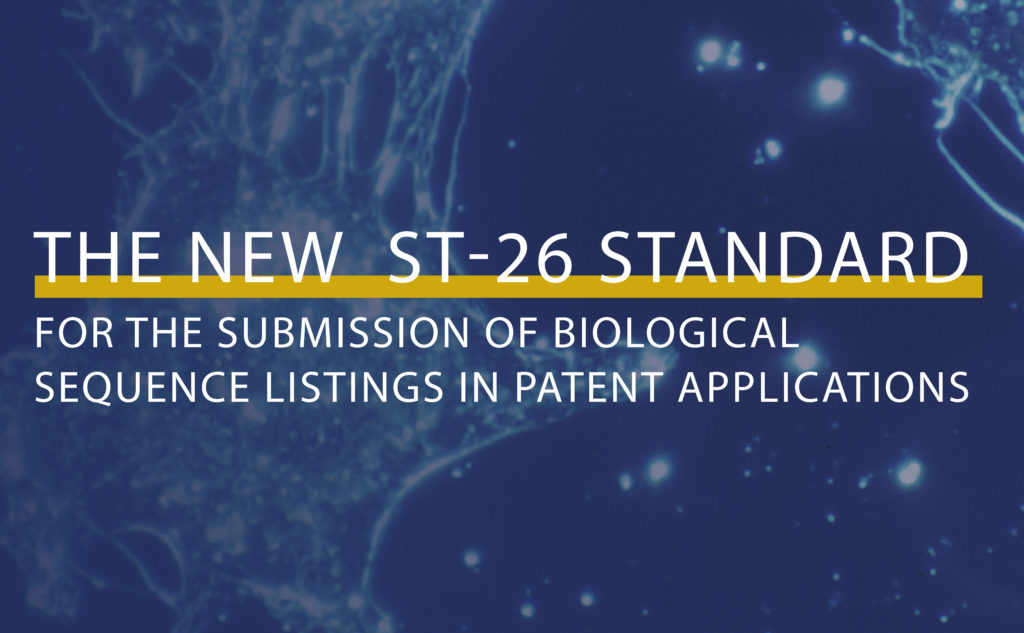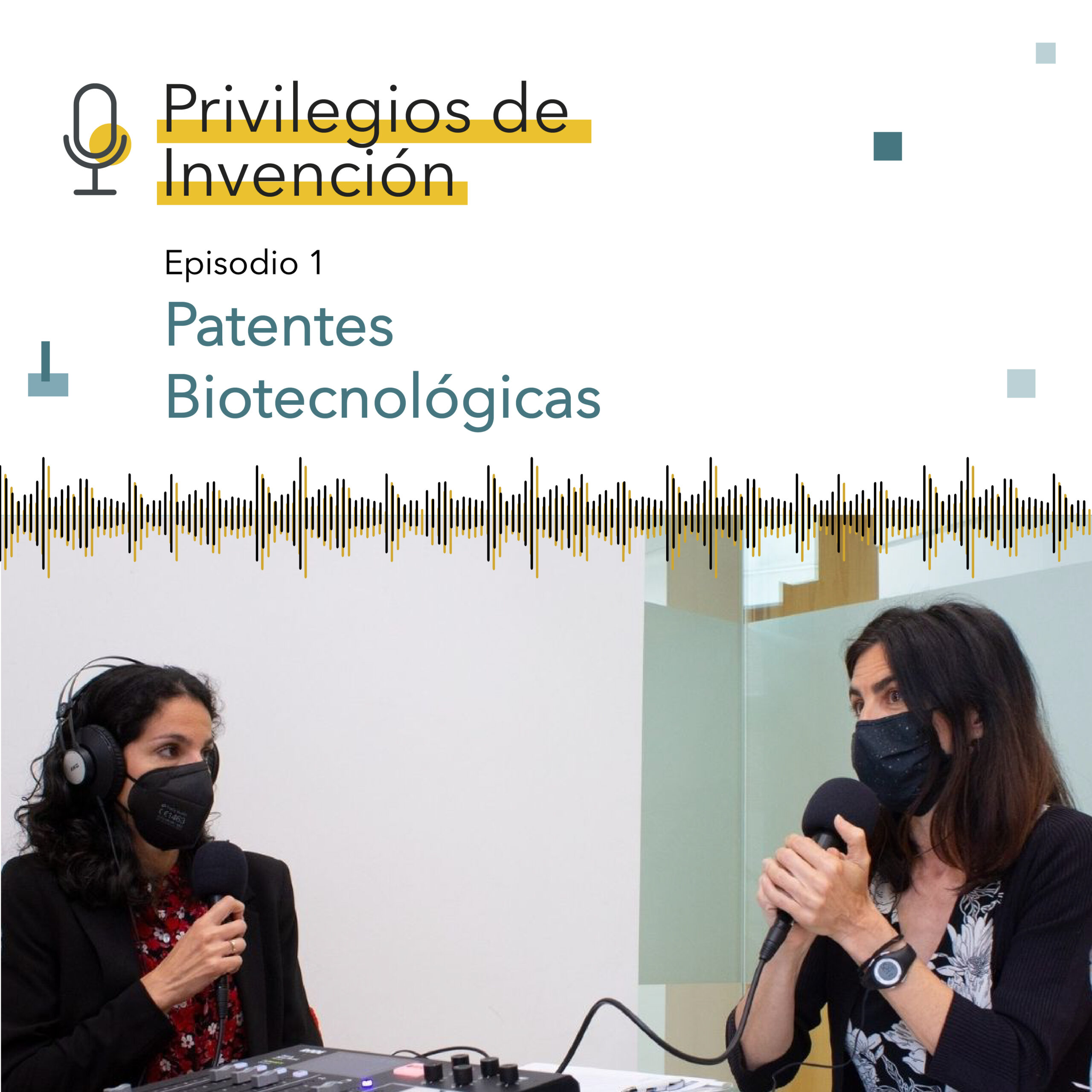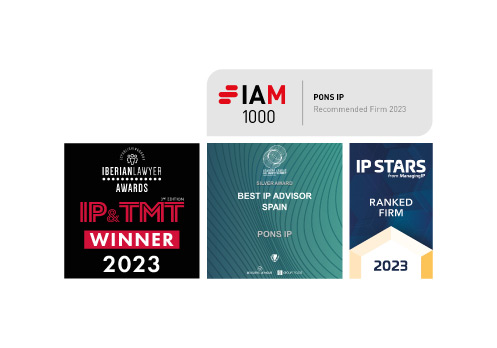A sequence list included in a patent application gathers the information on all (nucleotide and/or amino acid) biological sequences to which the application refers in its description and/or claims in an orderly manner and in a particular format in compliance with regulations in force.
Specifically, the ST-25 Standard established how sequence lists had to be submitted in order to ensure the consistency and uniformity of the sequence lists submitted to patent offices around the world.
As patent offices have recently informed, said Standard ST-25 on the submission of sequence lists in patent applications shall become obsolete as of 1 July 2022, when the new ST-26 Standard shall come into force, which shall replace the previous one.
This new ST-26 Standard shall apply to all patent offices, both at national, regional and international (PCT) levels.
Thus, for patent applications in connection with biological sequences, including Spanish, European and PCTs applications filed on or after 1 July 2022, sequence lists shall be submitted in XML format in compliance with this new standard, and not in TXT as under the ST-25 Standard. These new sequence lists can be generated with the WIPO Sequence tool that WIPO has authorized and which is available on its website for free download by users.
Main differences between the ST-25 and ST-26 Standards
Some of the aspects that shall be different between the new standard and the previous one include, among others:
| ST-25 Standard | New ST-26 Standard |
|---|---|
| .txt format | .xml format |
| Sequences of less than 10 nucleotide and less than 4 amino acids can be included, but it is not required | Including sequences of less than 4 amino acids is forbidden |
| Incluidind D-amino acids, linear portions of branched sequences and nucleotide analogues in not required | Including D-amino acids, linear portions of branched sequences and nucleotide analogues is required |
| Data relating to one or more priority claims may be added | Only the data of the oldest priority claim may be added |
| All names of applicants and inventors may be included | Only one applicant and, optionally, one inventor may be included |
| Only one invention title may be added | The invention title can be included in several languages |
| Sequences may be classified as: DNA, RNA or protein | Sequences may be classified as DNA, RNA or AA, along with a mandatory ‘mol_type’ qualifier to further describe the sequence |
| ‘u’ represents uracil in nucleotide sequences | ‘t’ represents uracil in RNA sequences |
| Amino-acid sequences are represented by the three-letter code | Amino-acid sequences are represented by the one-letter code |
| The variable bases ‘n’ and ‘Xaa’ must be defined within the list itself | A default value is assumed for these variable bases |
| Sequences in ‘mixed’ mode (nucleotide sequence above with its translation to amino acids below) may be entered | This ‘mixed’ mode does not exist |
Therefore, the new standard will not only completely change the appearance of sequence lists, but also their content and the type of information included in them.
Formal procedural aspects for submission to the patent offices
In the case of the European Patent Office (EPO), for sequence lists of applications submitted on or after that date that do not comply with the ST-26 Standard, the EPO shall notify the applicant to provide the correct sequence list upon payment of the late furnishing fee within 2 months for European applications or 1 month for PCT international applications submitted at the EPO. In this case, the list shall not be part of the application and shall only be used for search purposes, it shall not be published and shall not be used to determine the documents included in the original application. If the applicant, without being invited by the EPO, voluntarily provides such a list after submitting the application, they shall not have to pay the late furnishing fee.
Some particular cases are worth mentioning, for example:
- – Lists of divisionals submitted on or after 1 July 2022 shall already be prepared under the ST-26 Standard.
- – Lists in European-stage entries from PCT (i.e., EURO-PCT), whose international submission date is before 1 July 2022, shall still be under the ST-25 Standard, even if the stage entry was made after that date.
- – Lists in European-stage entries from PCT (i.e., EURO-PCT), whose international submission date is after 1 July 2022, shall already be under the ST-26 Standard. If such list is already held by the EPO, it is not necessary to provide it again.
Therefore, it should be taken into account that for new applications filed after that date in which the new standard enters into force, as well as for PCTs filed after that date claiming priority from an earlier application that had a list in ST-25 format, it will be necessary to provide the sequence list in ST-26 format.
According to this new standard, sequence lists that are part of patent applications will be aligned with the requirements of the publicly searchable INSDC (International Nucleotide Sequence Database Collaboration) database, so that patent offices will find it easier to send to this database all the information on sequence lists included in published or granted applications. In addition, the new standard aims to clarify some aspects that were confusing in the previous standard and resulted in different interpretations and, consequently, different implementations of the standard by patent offices.
In conclusion, it is expected that the implementation of the ST-26 Standard will result in better data structuring so that the automatic validation and exchange of data between patent offices, and between patent offices and biological sequence search databases, will be simpler, more reliable and efficient.




